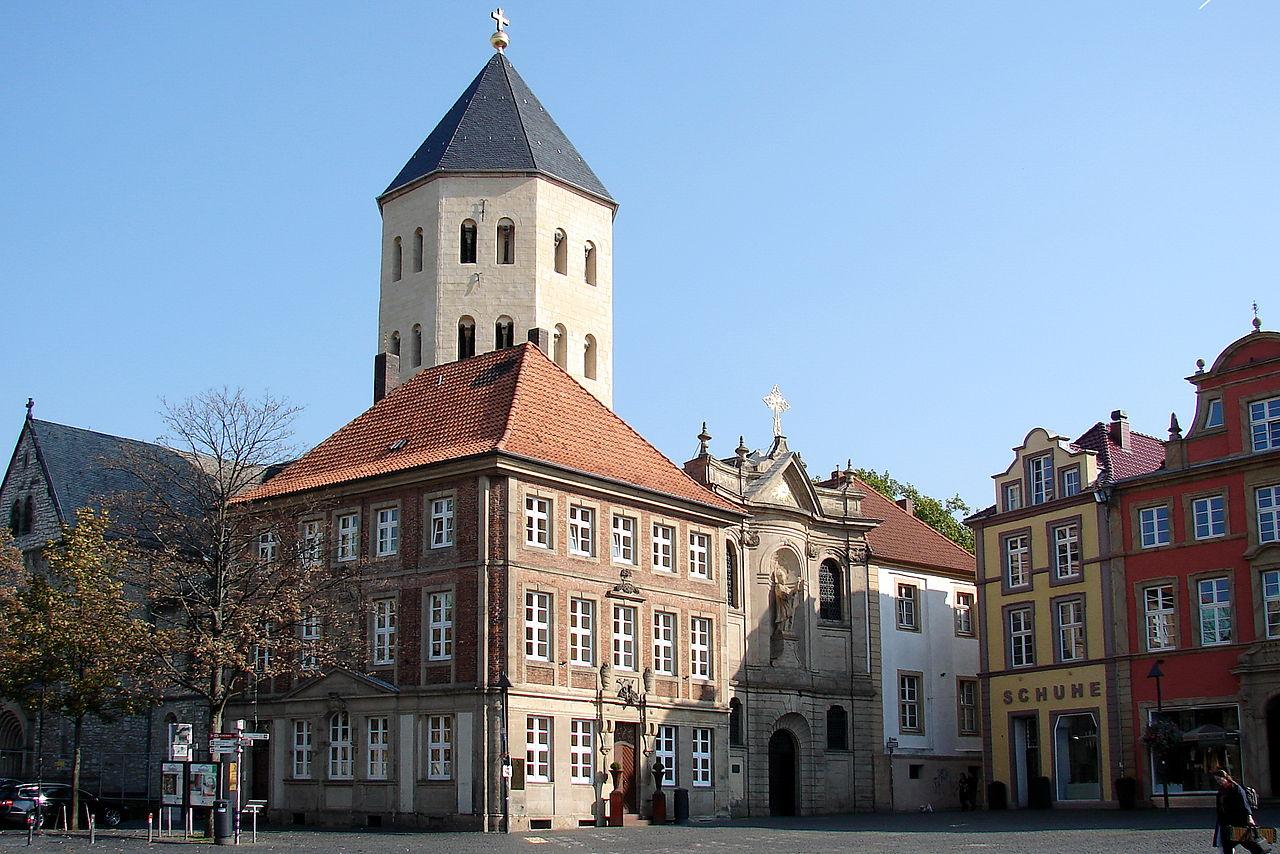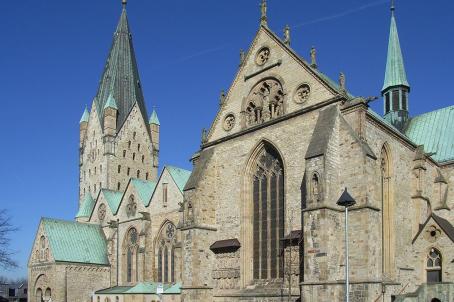Gaukirche
The Gaukirche was built around 1170-80. The church became a monastery church in 1231, to which two chapels were added in the 14th century. In the 18th century, the architect Franz Christoph Nagel (1699-1764) redesigned the church in Baroque style. In 1810, at the time of the Napoleonic Kingdom of Westphalia, the monastery was secularized. Between 1883 and 1887, the church was extensively restored and the Baroque furniture was removed and fitted with neo-Gothic elements, which were themselves removed in 1938.






